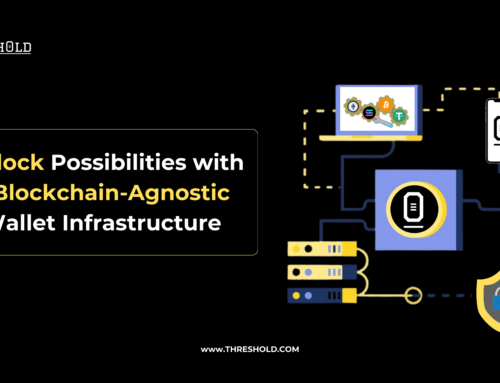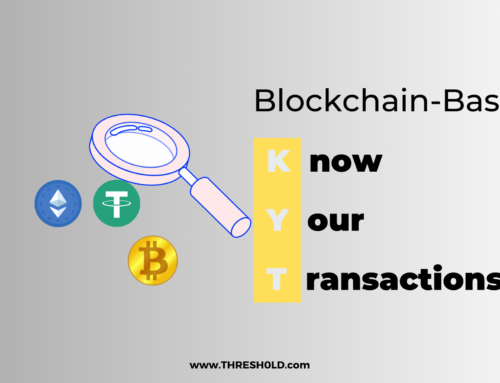-A Deep Dive into Network Congestion-
By Ken Akure | 29 Sept, 2023 |
Bitcoin’s network congestion over the last couple of months has negatively impacted user experience with rising transaction fees and long confirmation times becoming the norm. Let’s dive deep into the underlying factors causing these disruptions.
Bitcoin’s Mempool Dynamics
Understanding the intricacies of the Bitcoin network requires a foundational knowledge of the Bitcoin Mempool. Serving as a temporary holding zone, the Mempool records all pending Bitcoin transactions awaiting validation and incorporation into the subsequent blockchain block.
Each node within the vast Bitcoin network has its own Mempool, temporarily storing these pending transactions. These transactions in the Mempool get cleared every time a fresh block integrates into the blockchain. However, they’re only processed and added when they meet the established minimum fee. As a result, lower-fee transactions might linger longer, awaiting their turn, while high-fee transactions jump the queue.
The Current State of the Network
- Analyzing Network Throughput
Mempool Data reveals a concerning backlog in the Bitcoin network. A few weeks ago, there was a staggering 560,000 pending transaction count. Although it’s reduced significantly to 190,000 pending transactions (as of writing), and this remains an essential factor in the network’s ongoing challenges.
- Transaction Fee Volatility
Due to the mounting congestion, transaction fees on the Bitcoin Network have experienced severe fluctuations. Last week, the average transaction fee was $2.59, this has dropped to $2.04, this week. (Source)
However, this isn’t an unprecedented occurrence. In May this year, the network grappled with a similar backlog, leading to average fees surging to a whopping $29 on May 9, predominantly because of the minting of BRC-20 meme coins on the Bitcoin blockchain. We wrote about it here.
- Dissecting Delays in Confirmation
The network’s temporal metrics present a telling story. With confirmation times stretching beyond the 10.4-minute mark and the Mempool’s capacity inflating between 300 MB to a gargantuan 1GB, the network’s latency is palpable. The fee metric, in some instances, even touched 28 satoshis per virtual byte (sat/vB), further compounding the lag.
Root Cause Analysis: The Satoshi Minting Phenomenon
Speculation is rife about the root causes of the congestion that’s been experienced over the last couple of months. Many fingers point towards the recent Special satoshi minting hysteria as the main culprit. For context, the hunt for unique, special and rare satoshis has seen heightened interest for some time now.
Casey Rodarmor, the brain behind the Bitcoin Ordinals protocol, proposed a methodology to identify and categorize these special satoshis ranging from Common to Mythic. This system leverages inherent, pre-determined events within the Bitcoin network, like blocks and difficulty adjustments, to categorize these satoshis. This rush for unique satoshis has undeniably added to the network’s load.
Perspective Check: Resilience in the Face of Adversity
Despite the current congestion woes, it’s crucial to retain a broader perspective. This isn’t Bitcoin’s first tryst with congestion. A few months ago, concerns arose about potential DDoS attacks using BRC-20 ordinals scripts, only for those concerns to be allayed when the network stabilized within days.
Today, even with hundreds of thousands of transactions queued up, there’s no cause for alarm. Bitcoin has proven its resilience repeatedly, and this phase is just another testament to its robust and adaptive nature.
About THRESH0LD
THRESH0LD is a self-custody MPC wallet infrastructure solution for companies building/scaling blockchain-based products (such as crypto exchanges, payment companies, NeoBanks, etc) We help you cut transaction fees, efficiently manage mass crypto transactions, save time with automation, and enhance security. We support 44 blockchain protocols and a DeFiBridge that enables swaps across thousands of assets. Thresh0ld is being deployed by over 80+ digital asset businesses across Africa, Australia, Europe, and Asia.
Found this piece interesting? Check out our other blog posts.





